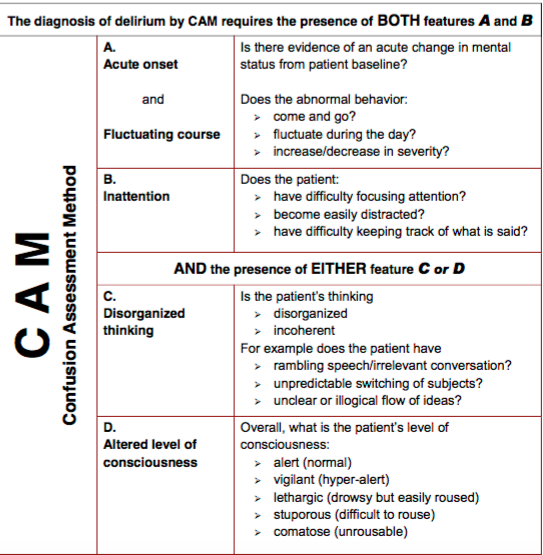Majority of the disease burden that we see in Emergency Departments includes Geriatric pathologies and Psychiatric issues. Whenever Psychiatry evaluates any patient, they always ask for "medical clearance" and want us to mention this specifically on the chart. I often come across patients who visit Emergency Department more than I do as an A&E physician. Regardless, they go through this process of "medical clearance" every time.
Frequently, it gets difficult to document "medically cleared". For instance, when psych patients have slightly high blood glucose but do not need anything besides some IV fluids or they might come up with a BP of 180/90 due to agitation. Additionally, getting a precise drug history can be a challenge in this subgroup of patients as they frequently take several medications for underlying chronic illnesses. It can be problematic if we document medically cleared on the chart and I believe "No acute medical concerns at this point or Fit for Psychiatric assessment" is a better way to clear these patients. Medical evaluation is used to determine whether the patient
has a medical condition that is causing or exacerbating the psychiatric illness.
- ABCs as always
- Vital Signs (PR, BP, RR, Temp, SpO2, Glucose) - Do not ignore abnormal VS
- Pupils and Skin exam (pick cues for toxidromes)
- Focused History (Next of Kin/Paramedics) and Physical exam
- Focus on underlying Psych issues (Drugs/Alcohol, Sexual, Suicidal, Homicidal, Social aspects)
- Medications and Co-Morbidities
- Document Mental Exam - Appearance, Behaviour, Cognition, Speech, Mood, Insight, Thoughts, Hallucinations
1. New-onset psychiatric complaints
2. Abnormal vital signs
3. Elderly
4. Known co-morbid conditions.
Even Urine Drug Sceen is not required routinely for all. Most of them will tell you what drugs they have recently taken. Also remember, UDS may have false positive and negatives which can be misleading.
Signs suggesting underlying medical pathology are:
- Abnormal Vital Signs
- Clouded Consciousness
- Age >40 with no previous Psych issues
- Focal deficits on exam
- Abnormal Physical examination
- Visual Hallucinations
Visual hallucinations can also occur in
psychiatric illnesses but assume medical pathology until proven
otherwise
Take Home:
Further Reading:
Posted by:
- Spend more time on history and exam rather than doing bloods on everyone
- Do not ignore abnormal Vital Signs
- Look at issues that often co-exist with Psych illnesses - Drugs/Alcohol, Sexual, Suicidal, Homicidal, Social aspects
Further Reading:
- Korn CS, Currier GW, Henderson SO: Medical clearance of psychiatric patients without medical complaints in the emergency department. J Emerg Med 18: 173, 2000.
- American Psychiatric Association: Practice guideline for psychiatric evaluation of adults. Am J Psychiatry 152: 63, 1995.
- Korn CS, Currier GW, Henderson SO: “Medical clearance” of psychiatric patients with- out medical complaints in the emergency department. J Emerg Med 18: 173, 2000.
- Olshaker JS, Browne B, Jerrard DA, Prendergast H, Stair TO: Medical clearance and screening of psychiatric patients in the emergency department. Acad Emerg Med 4: 124, 1997.
- Broderick KB, Lerner B, Mccourt JD, Fraser E, Salerno K: Emergency physician practices and requirements regarding the medical screening examination of psychiatric patients. Acad Emerg Med 9: 88, 2002.
Posted by:
Lakshay Chanana
Speciality Doctor
Northwick Park Hospital
Department of Emergency Medicine
England





